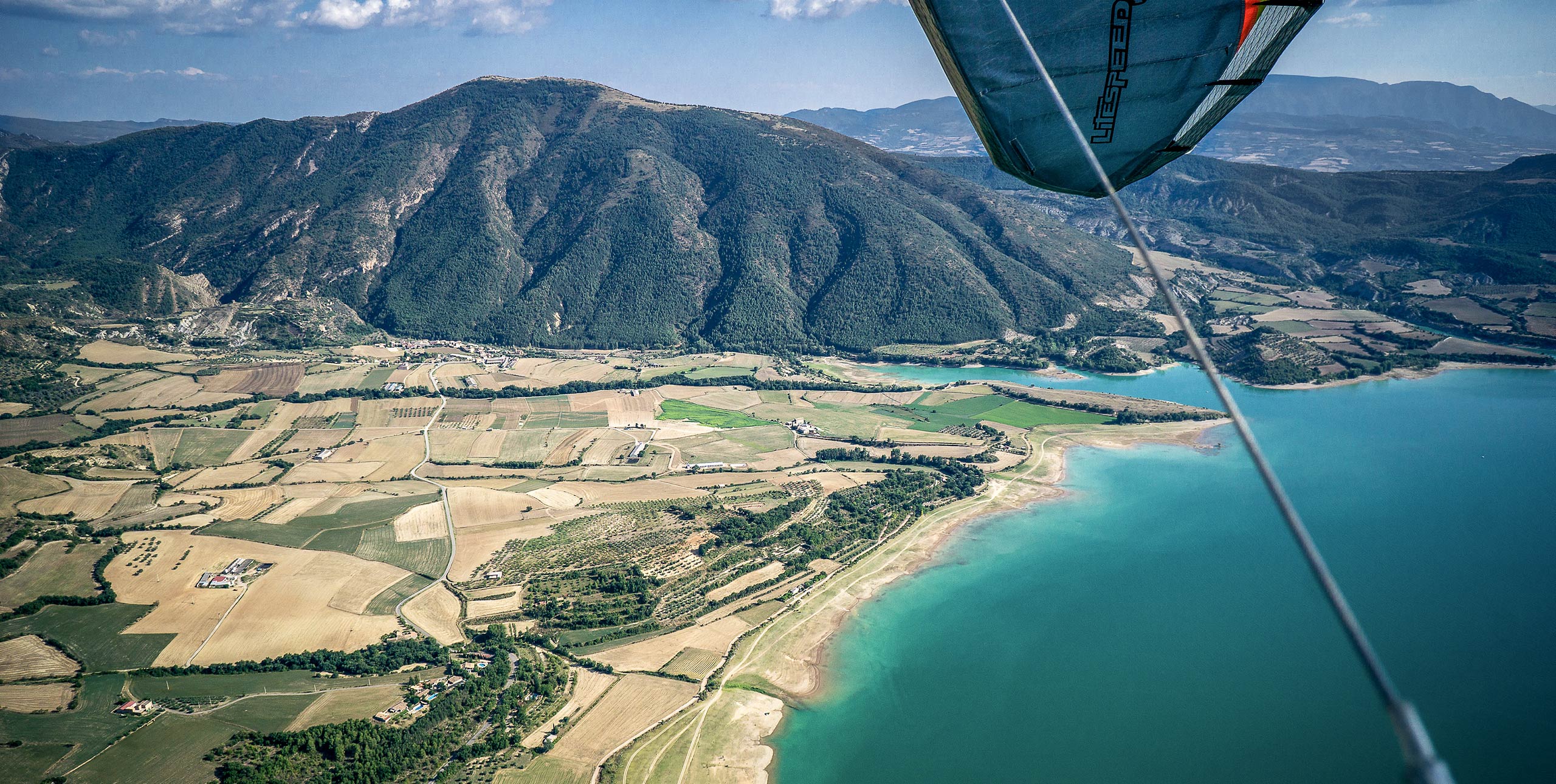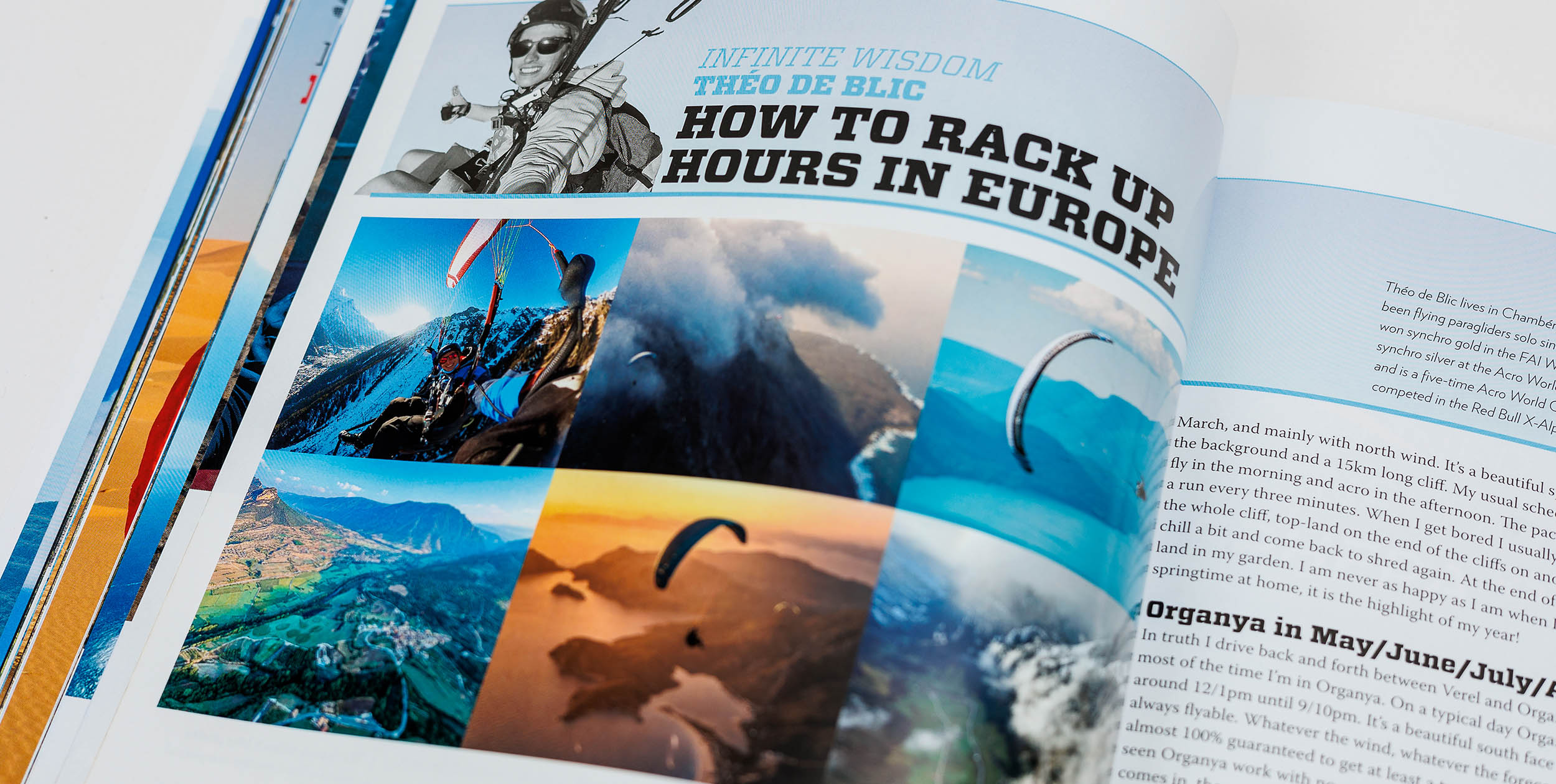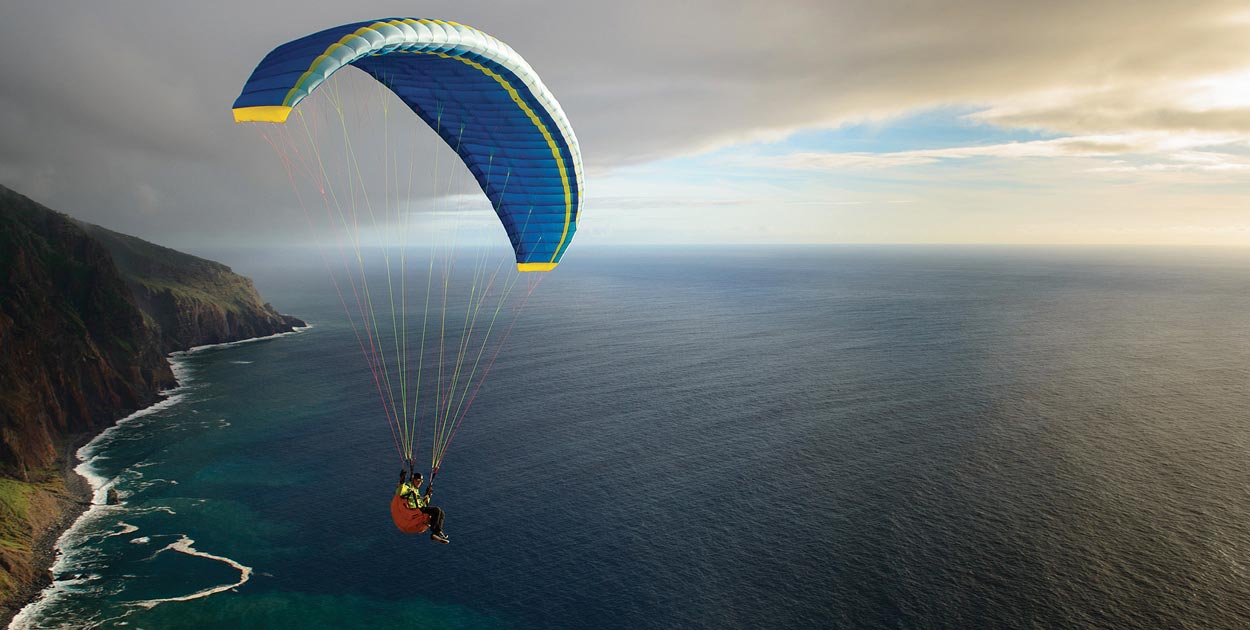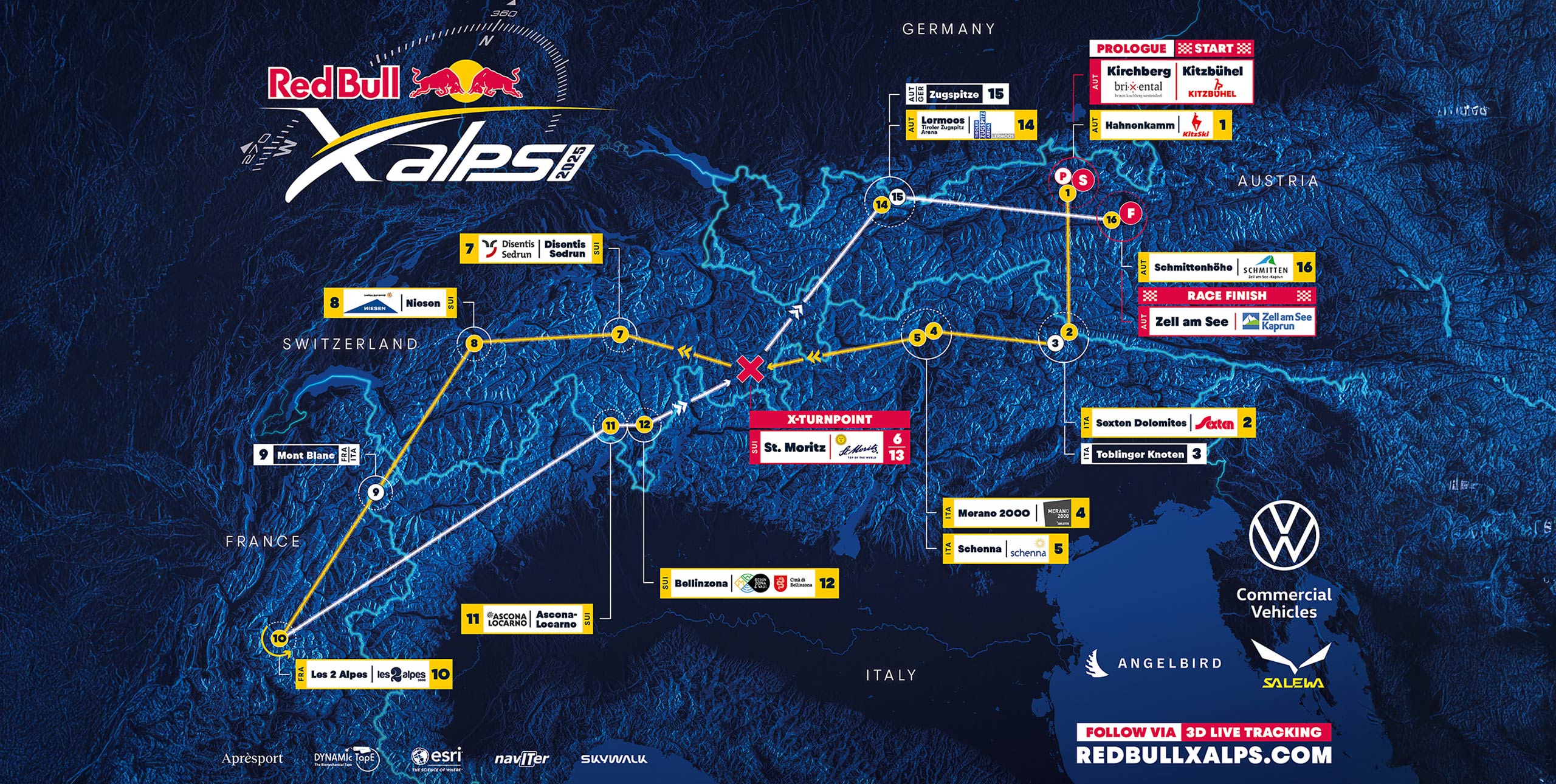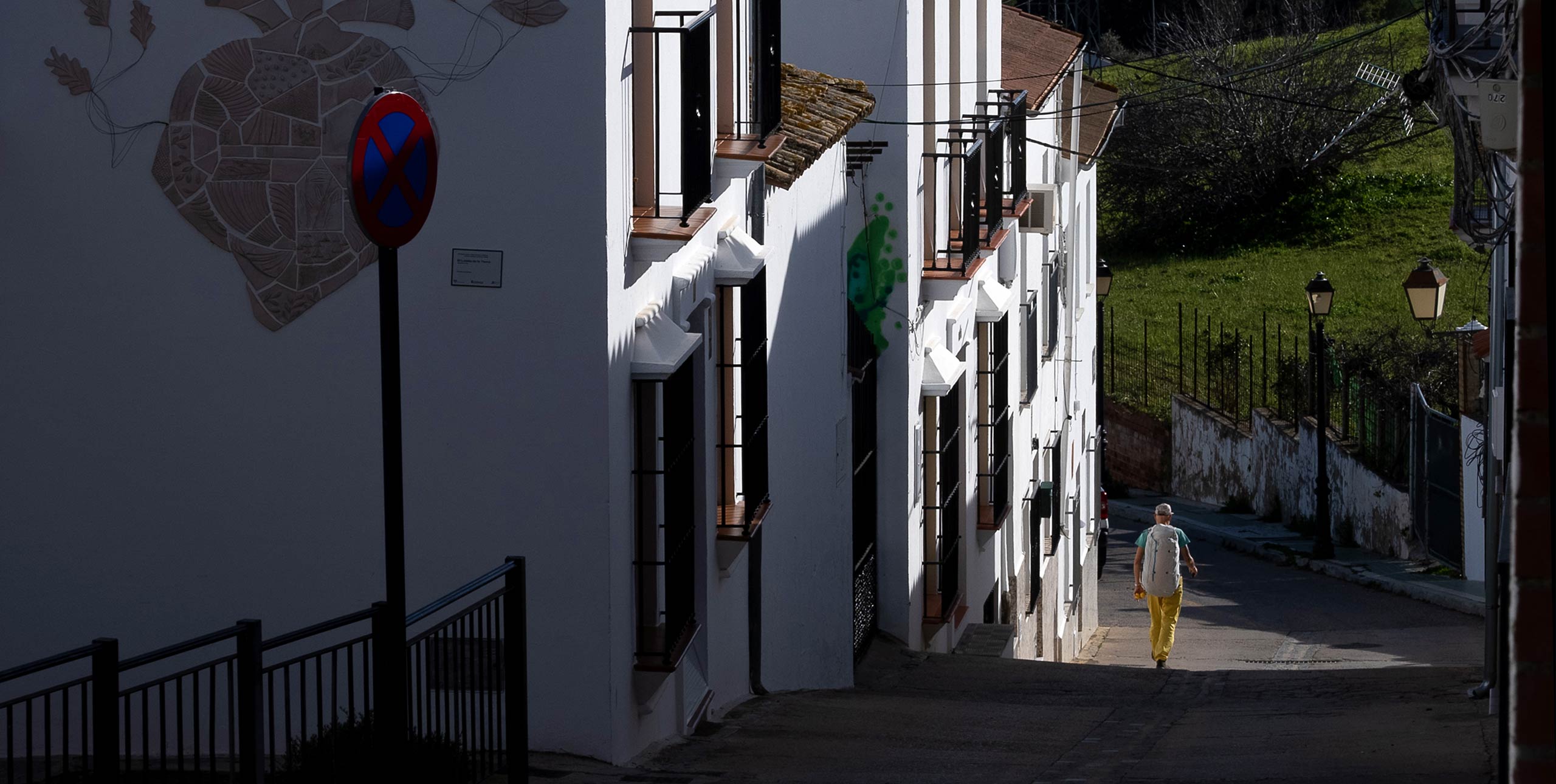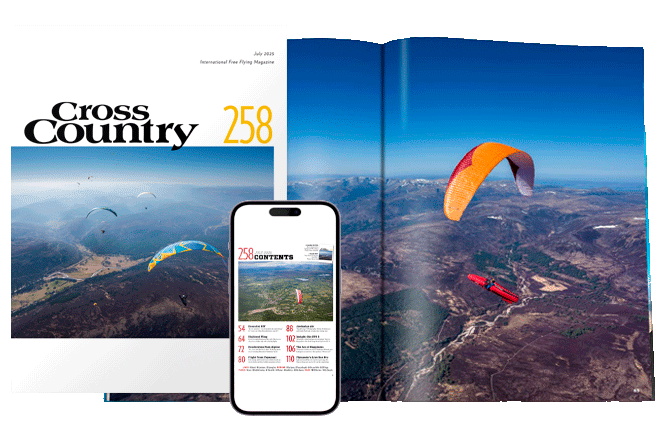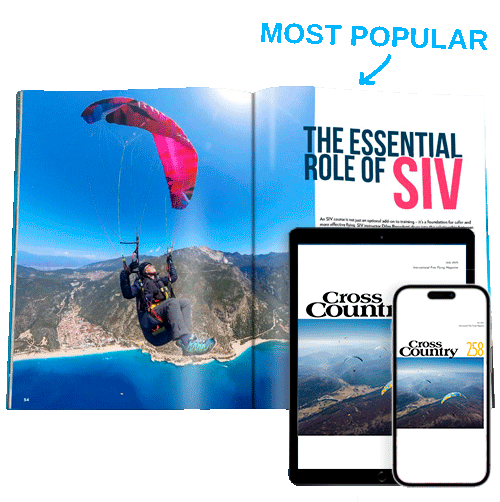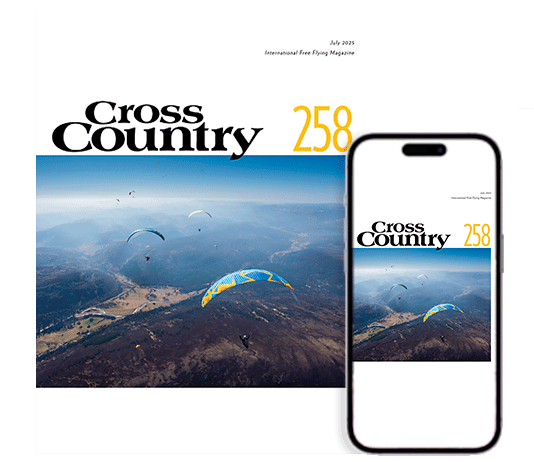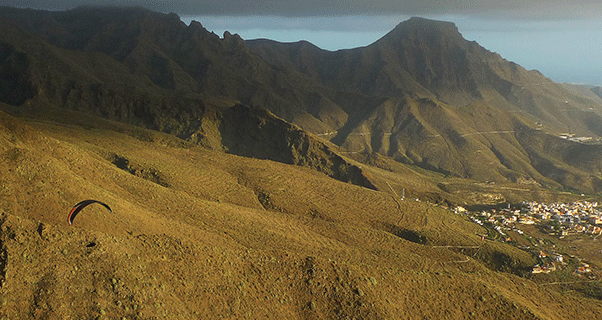
Guide to Tenerife, Spain
18 February, 2014- Escape Europe’s bleak mid-winter for year-round balmy breezes
- Best flying from November to March
- Easy to get to and good infrastructure
- Perfect place to take the family

WHY GO?
Winter thermals and a holiday the whole family can enjoy.
WHERE IS IT?
WHAT’S IT LIKE?
The island of Tenerife is a volcanic mountain that drops into sandy beaches and the Atlantic Ocean. It’s renowned as a holiday destination for Europe and it’s hard to escape the package tourism here. But the industry offers some great bargains and a good infrastructure that paraglider pilots can take advantage of to get great winter thermalling at 24C while the rest of Europe chills.
There are over 30 take-offs on the island, offering everything from gentle soaring to strong thermals. In summer conditions on the south side of the island are very stable and tandem pilots and paragliding schools use this to fly every day. The northern side gives the opportunity for beautiful dynamic flying depending on the winds.
The prevailing wind is NE, and the south side of the island is sheltered in the lee of Mount Teide’s volcanic peak, so this is where you’ll find the thermals. All the southwest side of the island can be flown.
[youtube id=”c6V7U0gcloY” w=”602″]
On the north side are a number of dynamic soaring sites, the most spectacular of which is Taganana, which offers 15km of coastal soaring, mountains that descend into the sea, unique scenery and lift everywhere.
There’s also flying from the foot of Mount Teide itself, in the centre of the island. The two take-offs at 2,300m are near the observatory of Izana, one to the north-west side looking to Puerto de la Cruz and one to the east side to Guimar. Both give a long sled ride all the way down to the beach early in the morning or at sunset. Pilots regularly glide down through a layer of cloud; if you want to follow them pack a compass.
FLYING CONDITIONS
On a good day cloudbase reaches 1,600m opening the XC potential right up. Conditions are generally mellow in the morning and evening but it can get strong mid-afternoon.
On a normal day during the winter season expect climbs of between 1-5m/s up to cloudbase, which is more typically around 1,300m. Pilots regularly fly cross country flights of 20km, and when the annual round of the Spanish national league is held here in December, competition tasks usually involve triangles of 50km.
WHEN TO GO
There are good thermal conditions in the winter from October to March, but the best months are from November to February.
ALTITUDE
South side launches: Ifonche at 1,000m, Taucho 750m, Los Pinos 1,000m, La Aira 1,000m, Jama 800m
Volcano launches; 2,300m
Landing: On the beach
Cloudbase: 1,000-1,300m but occasionally reaching 1,600m to give the best XC days.
HANG GLIDER ACCESS
Tenerife is not really for hang gliders as there are no large landing fields.
MUST BE FLOWN
Starting from Taucho or Ifonche in the south of the island explore Roque del Conde. It’s easy flying even for beginners. Intermediate pilots can then make the 20km crossing to Los Gigantis and back.
Teide offers an enormous top to bottom, 2,300m all the way down to the beach. The spectacular scenery can be enjoyed by beginners. Locals say Taganana is one of the most beautiful coastal soaring sites in the world.
DANGERS AND ANNOYANCES
The island has numerous microclimates which can catch the unwary visitor out. It’s a good idea to check in with a local guide or pilot.
ACCOMMODATION
Everything from camping to five star hotels is available. Self-catering apartments offer good value if travelling with a group.
GUIDES AND COURSES
English speaking guides and instructors can be found at Para42. ParaglidingPark is a new flight centre with a clubhouse, beautiful launch and shuttles to take-off.
TAKE THE FAMILY AND RAINY DAYS
With its warm year-round weather Tenerife is a destination for family holidaymakers throughout the year, so apart from the beach there’s plenty for kids and families to do, including theme parks and zoos.
For lovers of the outdoors there is also hiking, mountain biking, kite surfing, and diving. The island has a great nightlife with bars, restaurants and night clubs to suit every taste, especially in Costa Adeje.
WEATHER
In the winter the wind is generally from the NE, with temperatures in the mid twenties. In 2013, locals claim 97% of days were flyable.
Get the latest Tenerife weather at worldweatheronline.com
GETTING THERE
Budget airlines and cheap tour operator flights head to Tenerife from all over Europe. Book a package with accommodation and they’ll shuttle you to your self-catering apartment or resort straight from the airport. Last minute deals can be very good value.
CONTACTS
www.para42.com
MORE INFO
Overfly Paragliding Tenerife have written a comprehensive guide to the main paragliding locations in Tenerife. Find it here.
• Got news? Send it to us at news@xccontent.local
Buy and sell gear on Skyads.aero


